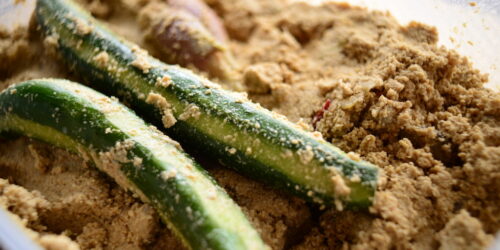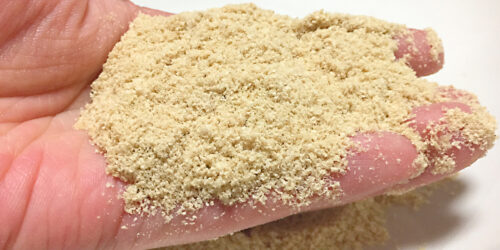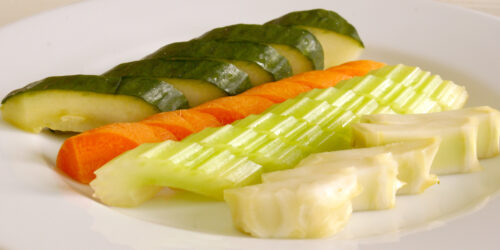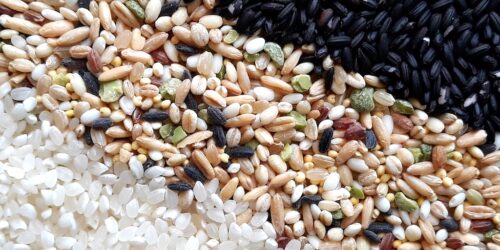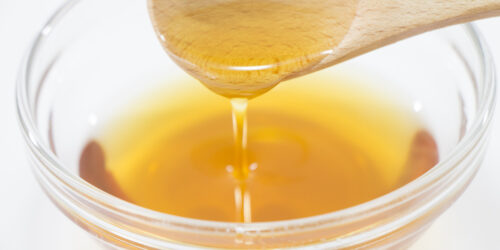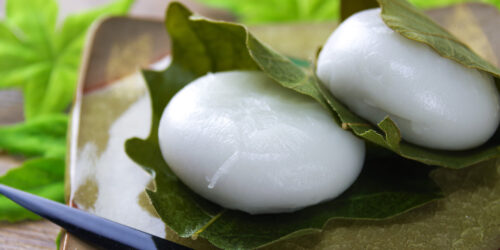4 Common Nukazuke Troubles and How To Fix Them
Nukazuke is Japanese pickles made in brine and fermented rice bran, and contains abundant nutrients.
Click here for related sites:
What Is Nukazuke and How To Make It?
6 Tips To Maintain Good Nukazuke
Although you made your own nukadoko (fermented rice bran bed) by following the recipe properly and mix it once a day, you might be in some troubles, for example the taste is not really good.
If that happens, please use this site as a reference. I will focus on 4 major nukazuke troubles below, and explain how to fix them.
1. What To Do If the Nukazuke Is Too Salty?
2. What To Do If the Nukazuke Is Too Sour?
3. What To Do If the Nukazuke Is Bitter?
4. What To Do If Nukadoko Is Too Wet?
1. What To Do If the Nukazuke Is Too Salty?
If the nukazuke tastes too salty, there are 3 possible causes as follows:
(1) Pickling too long
(2) Too much salt in the rice bran bed
(3) Insufficient fermentation in the rice bran bed
Pickling too long
Especially if the rice bran bed is stored in cold place, saltiness is more likely to wins over sourness because the function of lactic acid bacteria tend to decrease. So you need to be careful about that.
In order to avoid it, please refer to the guideline below.
Soaking Period as A Guide
A whole cucumber
At room temperature: 3-5 hours
In refrigerator: Half a day to a day
Cucumber cut in half vertically
At room temperature: 1-3 hours
In refrigerator: 4 hours to half a day
Too much salt in the rice bran bed
Putting enough salt in bed is very essential because low level of sodium in bed causes breeding of germs so easy. However, too much salt could ruin the taste of nukazuke, and it also hinders the growth of lactic acid bacteria.
If your nukazuke is too salty although the pickling period is appropriate and you can taste a little sourness, your rice bran bed contains too much salt perhaps.
You can add water or rice bran to fix it. But if you add wrong amount of them, it might cause other troubles as follows:
・Add too much water → It may cause bad taste of nukazuke, and breeding of germs in the bed.
・Add too much rice bran → It may cause too hard bed.
Therefore, pickling scraps of vegetables to reduce salt content is highly recommend.
You should put, for example, cabbage outer leaf, skin of carrot or daikon, and broccoli core so that the saltiness in the bed gradually decrease. Unfortunately, the drawback of this method is that it may take long time.
So, if you want to deal with it quickly, just soak the salty nukazuke in water for a while before eating it.
Or, you can also skip the step of sprinkling a little salt on them and rubbing it in before pickling.
Insufficient fermentation in the rice bran bed
When you make nukazuke with unfermented bed, you tend to feel saltiness more than sourness and umami (delicious taste).
If your nukazuke is too salty although the pickling period is appropriate, your bed might need more fermentation.
For this case, please try “pickling scraps of vegetables” just like (2). By doing this, lactic acid bacteria is growing gradually in the bed, and the saltiness can be softened at the same time as the sourness and umami come out.
2. What To Do If the Nukazuke Is Too Sour?
If the nukazuke tastes too sour, probably the bed has been fermented excessively.
It’s totally fine if you love sour taste, but unbearably sour taste must be fixed.
Since lactic acid bacteria in the bed love warm and thin air places, there are 3 possible causes of over-fermentation:
・The bed is stored at room temperature in summer.
・You neglect mixing the bed.
・The bed contains too much water.
To fix them, let’s do the opposite of these.
・Store the bed in a place below 68° F (20° C) – Because lactic acid bacteria tend to be activated above 68° F (20° C)
・Mix the bed properly (more often)
・Reduce water in the bed – Check the following part: 4. What To Do If Nukadoko Is Too Wet?
・Increase salt in the bed – Suppresses the growth of lactic acid bacteria
3. What To Do If the Nukazuke Is Bitter?
The taste of nukazuke is slightly sour and slightly salty. You may need to fix something if it’s bitter.
If the nukazuke tastes bitter, there are 2 possible causes as follows:
(1) Excessively fermented rice bran bed
(2) The bed contains foods with bitterness
Excessively fermented rice bran bed
Actually the bed contains various bacteria other than lactic acid bacteria and yeast. When the number of bacteria increases too much, some of them could create “bitterness”.
Especially when you neglect mixing the bed in summer season at room temperature, it’s easy to get bitter. Putting in the refrigerator is highly recommended in summer to avoid over-fermentation.
The bed contains foods with bitterness
Although the bed is stored in the refrigerator and no worry about over-fermentation, you need to be careful to use some foods contained bitter taste component. For example:
・Red peppers
This is required material for the nukazuke recipe, and it’s essential to gives an exquisite flavor to the bed.
So, it’s fine to use 2-3 small red peppers at really first step of making rice bran bed. But adding it later or adding more red peppers may cause the bitterness.
・Cucumbers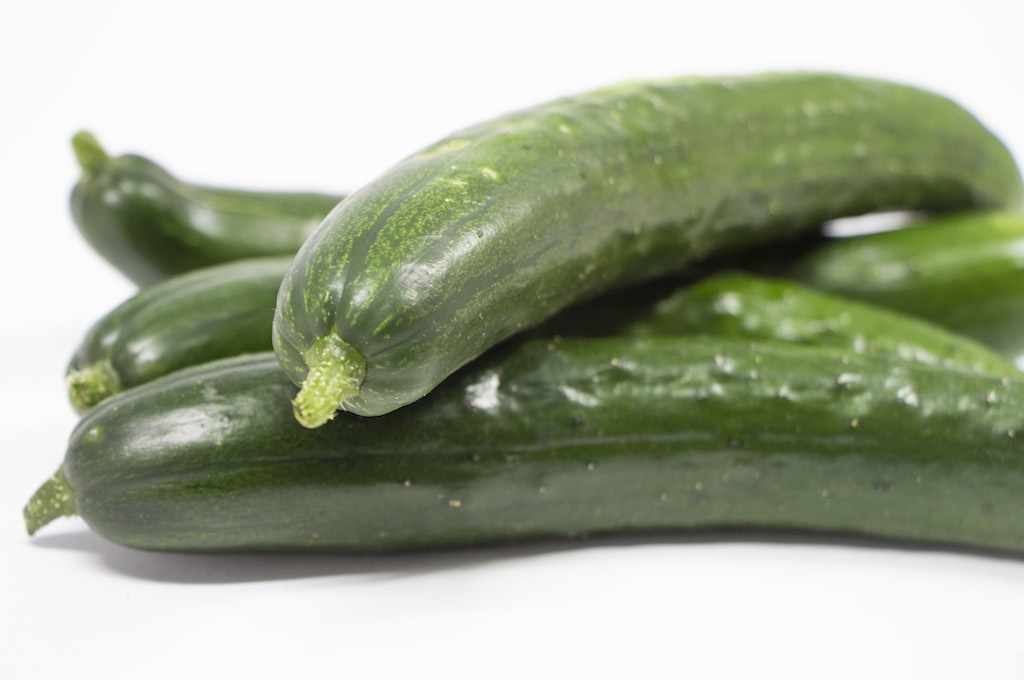
This is also common material for genuine nukazuke. But it’s said that dark color cucumbers and edge part of cucumbers are tend to contain bitterness. So, you may want to cut off the edge part of it before pickling.
Unlike other troubles, it’s very difficult to restore the rice bran bed with bitterness to the former condition.
So you need to check the taste of nukazuke often to see if it has strange taste or not, and fix it as soon as possible.
When your bed has already become bitter and cannot fix it, throwing away half of if or even all of it is one of the option. And remake it again.
4. What To Do If Nukadoko Is Too Wet?
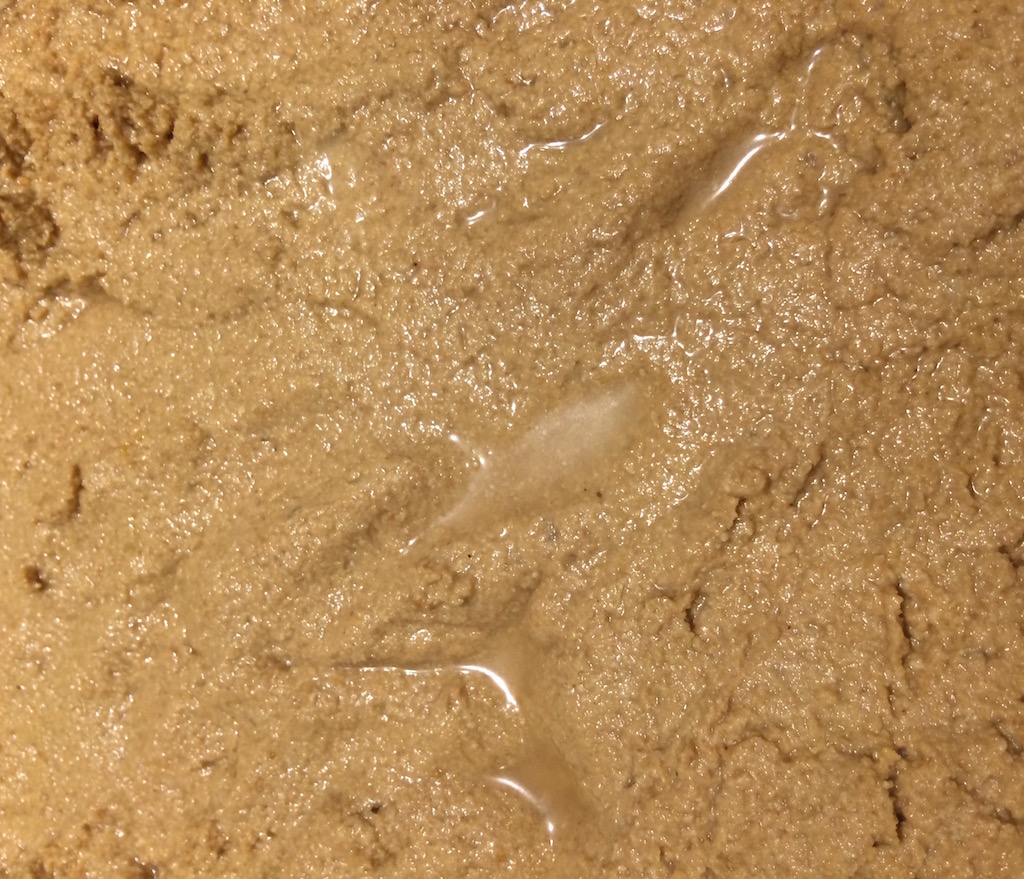
Sometimes the rice bran bed gets too wet. If you leave that as is, the saltiness and sourness may decrease. And it could give out bad smell at the worst case.
In order to avoid it, you can use paper towels or exclusive containers to remove water. However those methods remove the umami (delicious taste) of the rice bran bed together. So, instead of those, the following 2 methods are preferred for that task:
(1) Adding rice bran
(2) Adding dry foods
Adding rice bran
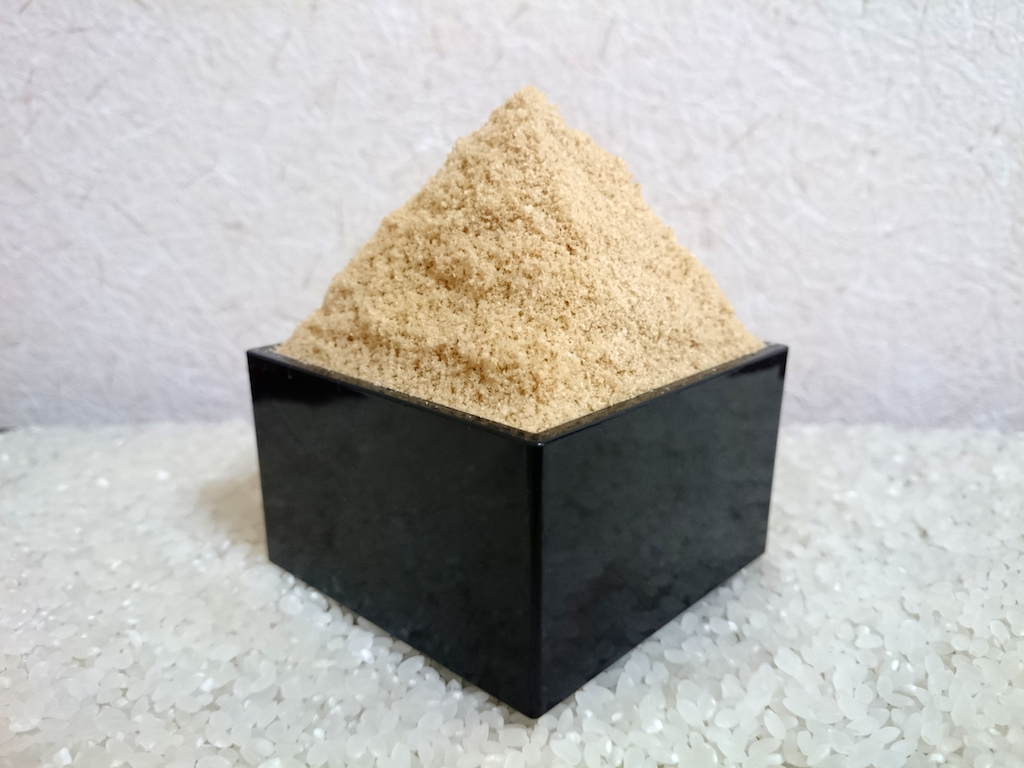
Follow the steps below:
Step1. Add rice bran to the bed until the bed becomes as soft as an earlobe.
Step2. Add about 7% salt to the weight of the bran.
Step3. Mix new rice bran with old one thoroughly and evenly.
Step4. Flatten the surface and wipe off the rice bran on the sides of the container.
Step5. Leave it for 2-3 days as it is to activate lactic acid bacteria.
Adding dry foods
Follow the steps below:
Step1. Put dry foods in the bed, for example, dried shiitake mushrooms and kiriboshi daikon (dried radish strips).
Step2. 1-2 days later, take out them from the bed if they have absorbed the water well. You can eat this dry foods maybe by putting in salad or simmered dish.
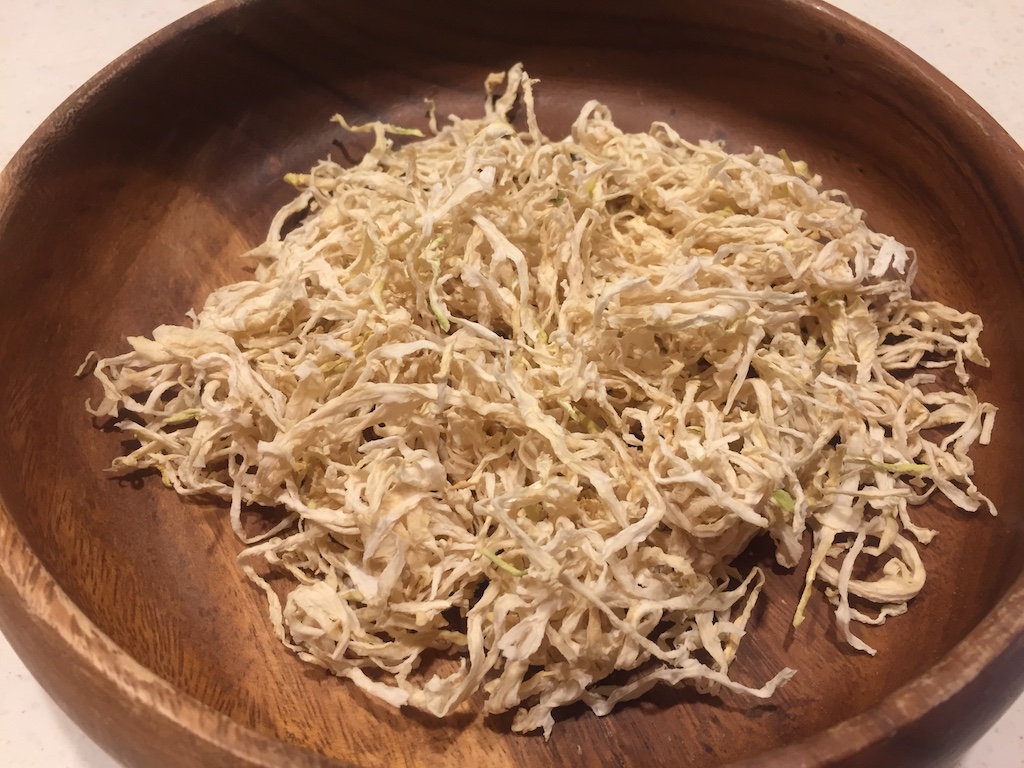 ▲Kiriboshi Daikon
▲Kiriboshi Daikon
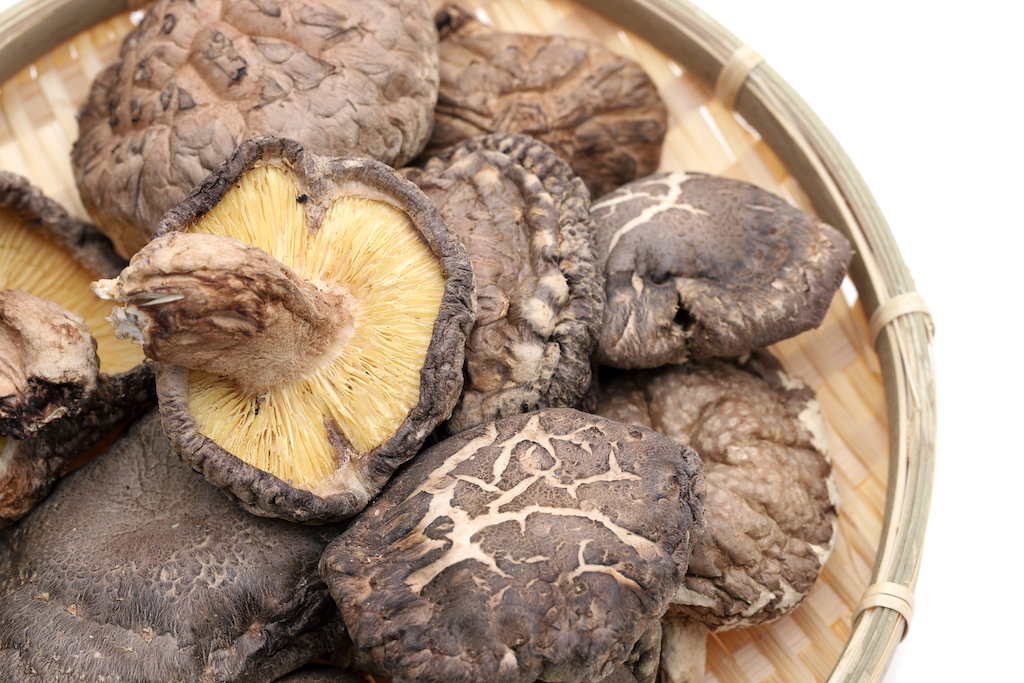 ▲Dried Shiitake Mushrooms
▲Dried Shiitake Mushrooms

